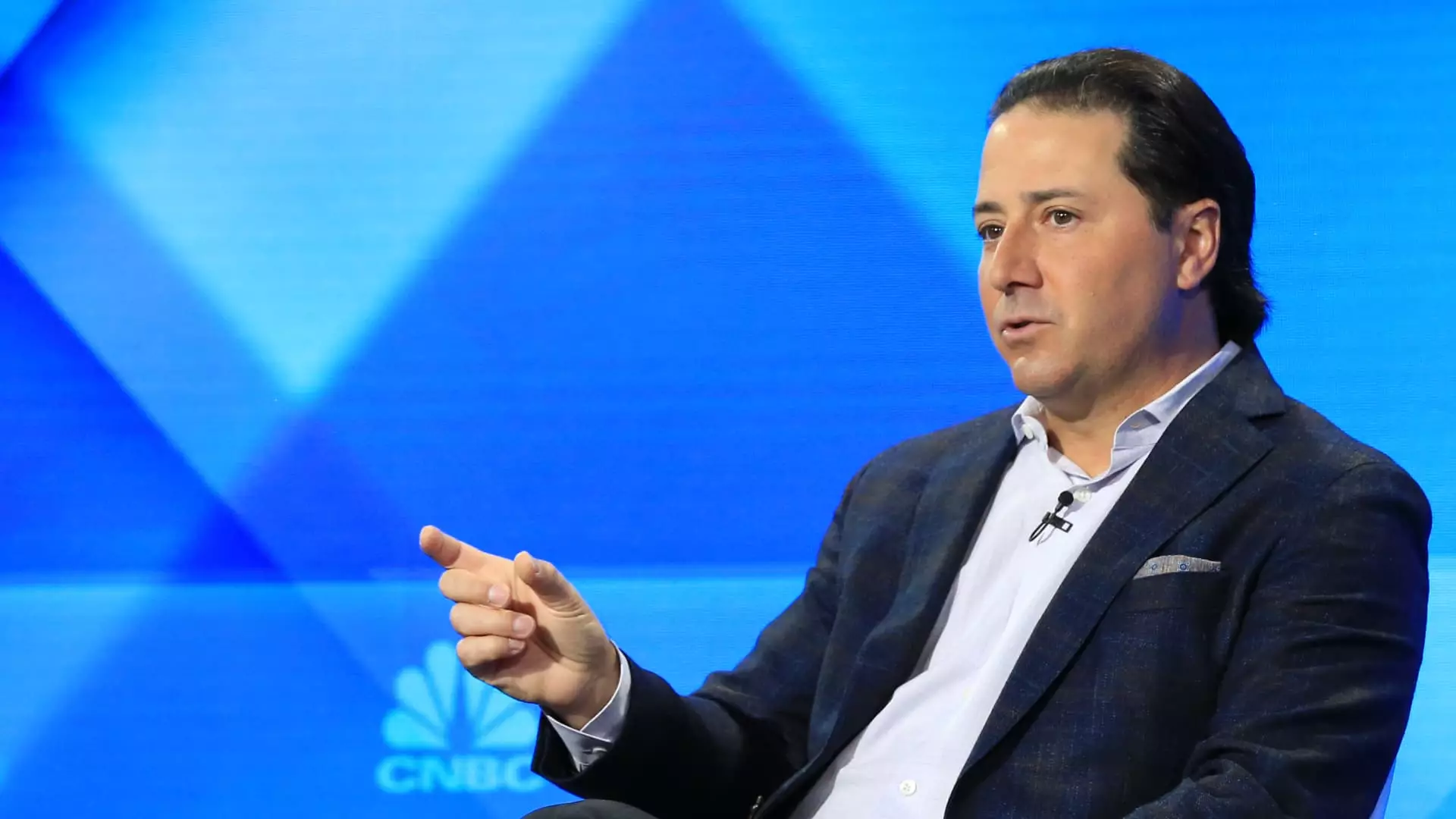The rapid growth of the private credit industry has raised significant concerns about its ability to withstand a major downturn. While traditional banks tend to work with borrowers in times of crisis, the private credit sector lacks the same level of flexibility. CEO Jamie Dimon expressed worry about the potential impact on the United States if private credit borrowers are left stranded when a crisis hits.
Contrary to Dimon’s concerns, Ares Management CEO Michael Arougheti defended the private credit industry’s track record. He pointed out that despite investing billions in private credit markets, the firm has only experienced minimal losses. Arougheti emphasized that a loan is a loan, regardless of where it is held, and dismissed claims of heightened risk in the private credit market.
Ares Executive Chairman Tony Ressler argued that the growth of private credit could actually reduce systemic risk. He claimed that these assets are held by less leveraged companies that do not rely on short-term financing, thus making them more stable. However, the Federal Reserve’s analysis showed that private credit loans have lower recovery rates compared to traditional bank loans, indicating potential vulnerabilities.
Recent data from KBRA DLD revealed mixed results when comparing recovery rates of private credit loans to syndicated loans and high-yield bonds. While direct loans had an average post-default value of 53.1%, they still fell below syndicated loans at 57.5% but outperformed high-yield bonds at 46.3%. The Fed attributed these differences to the sectors that private credit is exposed to, which may have lower collateralizable assets.
As the private credit industry continues to grow, it becomes increasingly interconnected with traditional banking. JPMorgan, for example, is a major player in financing private credit portfolios and has been expanding its capital deployment in this space. The firm’s development of a co-lending program suggests a deepening integration between private credit and traditional banking, raising questions about systemic risks in the event of an economic downturn.
While the private credit industry has shown resilience and growth, there are underlying risks that cannot be ignored. The potential for lower recovery rates, sector-specific vulnerabilities, and increased interconnectedness with traditional banking all contribute to a complex landscape of risks and rewards. As investors and regulators navigate this evolving industry, careful monitoring and evaluation of these factors will be crucial in mitigating potential pitfalls.

Leave a Reply